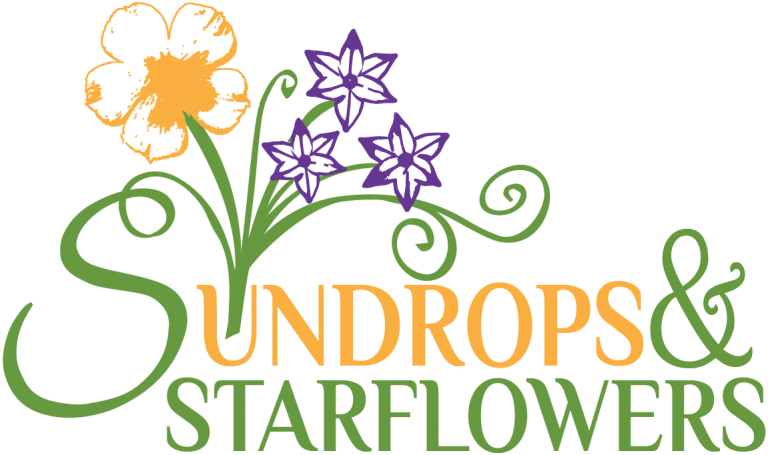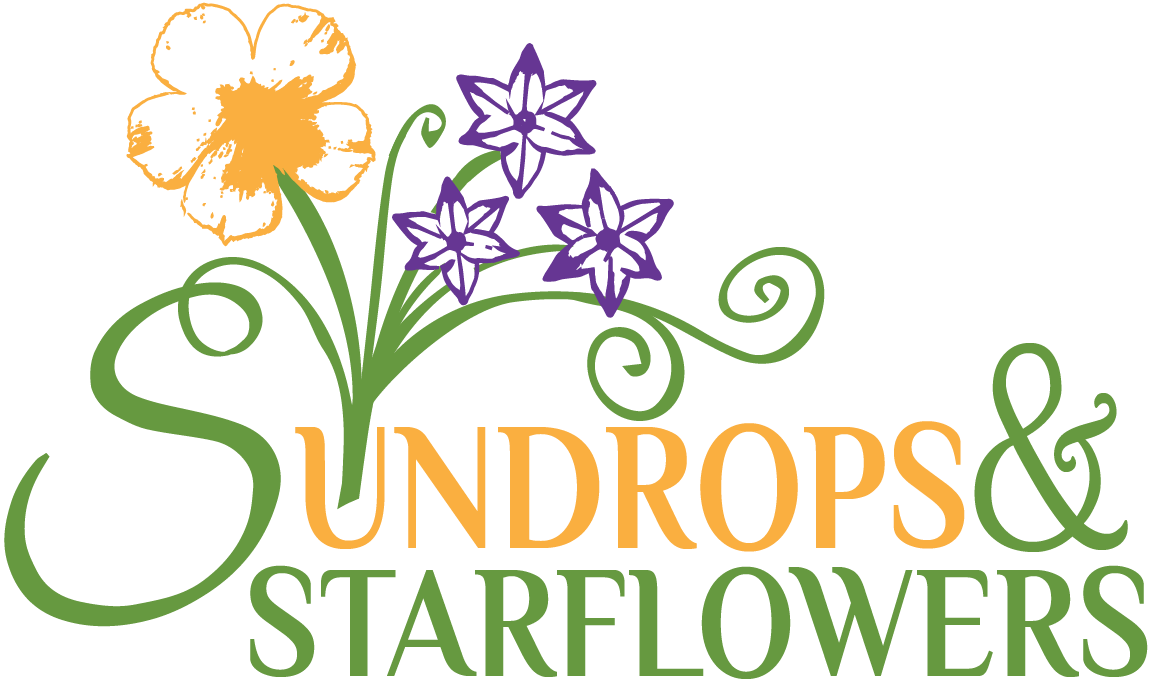It’s not really time to start seeds for my vegetable garden yet, but that doesn’t stop me from thinking about it! I have been tempted many times to start some seeds indoors this early, thinking that they will get a head start and be that much bigger and more robust over the summer. To be truthful, I’ve even done it a few times, only to discover that the tomato plants just become anemic or don’t transplant well when the time comes. Seedlings require some attention – they need to be watered or misted regularly – and if I start them too early, I really risk forgetting about them or growing tired of the process long before they’re ready to move out to the garden soil. So, while I’m holding off on actually planting any seeds, I’m planning the layout of my garden now.
Because we have a serious rabbit problem in my neighborhood and I refuse to share my produce with those vermin, my vegetable garden has a short fence around the area. Within the vegetable garden area, there is 4-foot by 8-foot raised bed, a 2-foot by 4-foot cold frame, and some additional growing space by the fence.
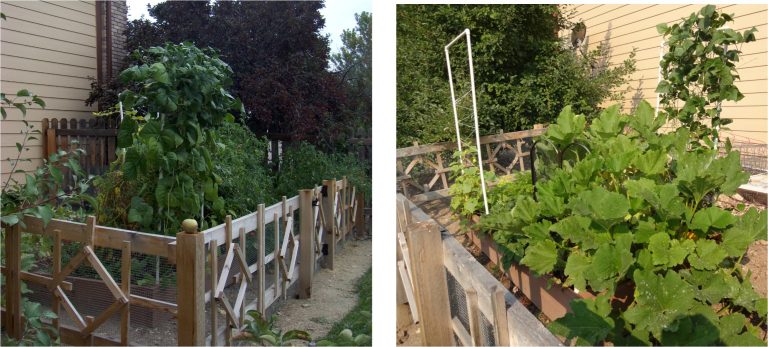
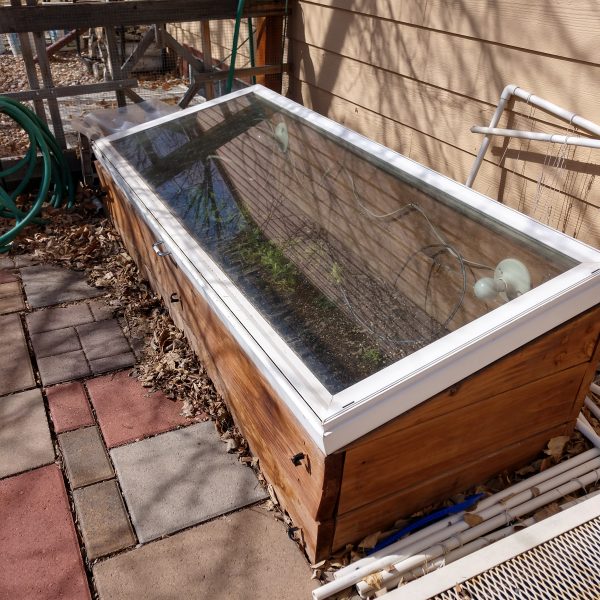
A cold frame is just a raised bed with a transparent top which opens on hinges. It works like a miniature greenhouse, warming up the soil and keeping it warmer at night. This extends the growing season in both the spring and the fall – giving me a few more weeks of growing time for cool-season vegetables.
I created two tables in my word processor to represent the raised bed and the cold frame, making each table with rows and columns to be square feet of the garden space. The chart looks like this:
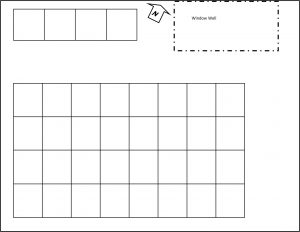 I print out two copies of my chart. One for my plan, and the second to mark down what actually happened. (It has never turned out exactly as I planned.)
I print out two copies of my chart. One for my plan, and the second to mark down what actually happened. (It has never turned out exactly as I planned.)
There are some plants that are happy to grow in the same soil space year after year provided the soil is amended with additional nutrients. Other plants need to be rotated to different spots each year to discourage diseases and pests. Particularly, tomatoes need to find a new spot each year. Also plants in the cucurbit or gourd family, such as cucumber, pumpkin, squash, and zucchini should be rotated as they are typically susceptible to powdery mildew.
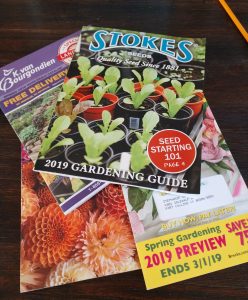
To create my plan for the year, I sort through my envelopes of seeds and look through my collection of seed catalogs to make a list of what I want to grow this year. In addition to having beautiful pictures and tempting descriptions, seed catalogs also have some really useful information. For planning purposes, I write on my list how many days-to-harvest for each plant. In the case of radishes, after harvest the soil space is available again. In the case of green beans, this when harvest is likely to begin, but harvest will continue for several weeks. I like to plan for the entire season, so I’ll plan to harvest the radishes and then plant something else in that same place. The seed catalogs also list if a plant has resistance to various diseases and if the seed is treated with fungicide. Typically, the disease resistance is because the plant is a hybrid and the fungicide is used to protect the seedling when it first emerges.
Looking at the chart of what actually happened last year, I make a plan for this year. This step requires some careful thinking to get everything in place. I try to keep long, vines like pumpkin on the edges of the garden so they can spill-over out of the raised bed. The beans and cucumbers can grow on trellises if I keep them to the edges as well. A pencil and a sturdy eraser are required as I plan the garden plot. I don’t have enough garden space to grow everything I want, so some hard choices are made.
Finally, I work out my planting calendar. I make a list of the garden vegetables for the year, then look at the seed packet or catalog description to figure out when and where to start the seeds. I first write it down, then type it into my spreadsheet so that I can sort by date easily. I have a small seed-starting area with a grow light and seed warming mats but not all vegetables want or need to be started indoors. Because I’m really busy with clients in May, I plan to get my vegetable garden in the ground by May 31st. I then figure seed starting dates and post the chart in my kitchen. However, for vegetable seeds and seedlings, soil temperature is more important than calendar dates. Before I actually put anything in the ground, I use my trusty soil thermometer to test the temperature of the soil.
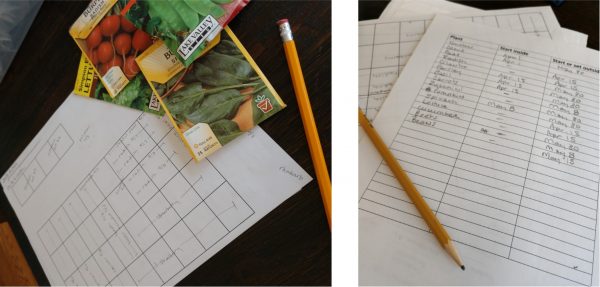
While I feel anxious for spring, I know that starting too early is a waste of time. It’s risky to set the plants out too early as they might die, and many will just sort of sit there, waiting for the nights to warm up a bit before they really get growing. With a complete plan for the garden, I can be patient waiting for the days to lengthen and soil to warm up. Besides, it’s fun to plan ahead!
